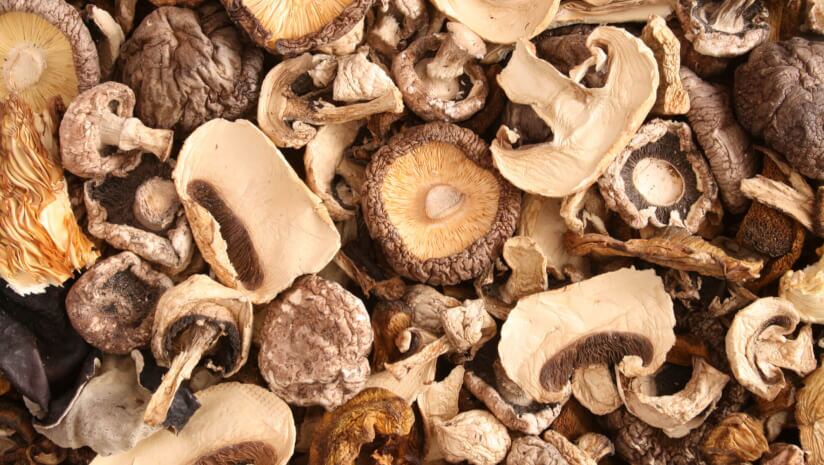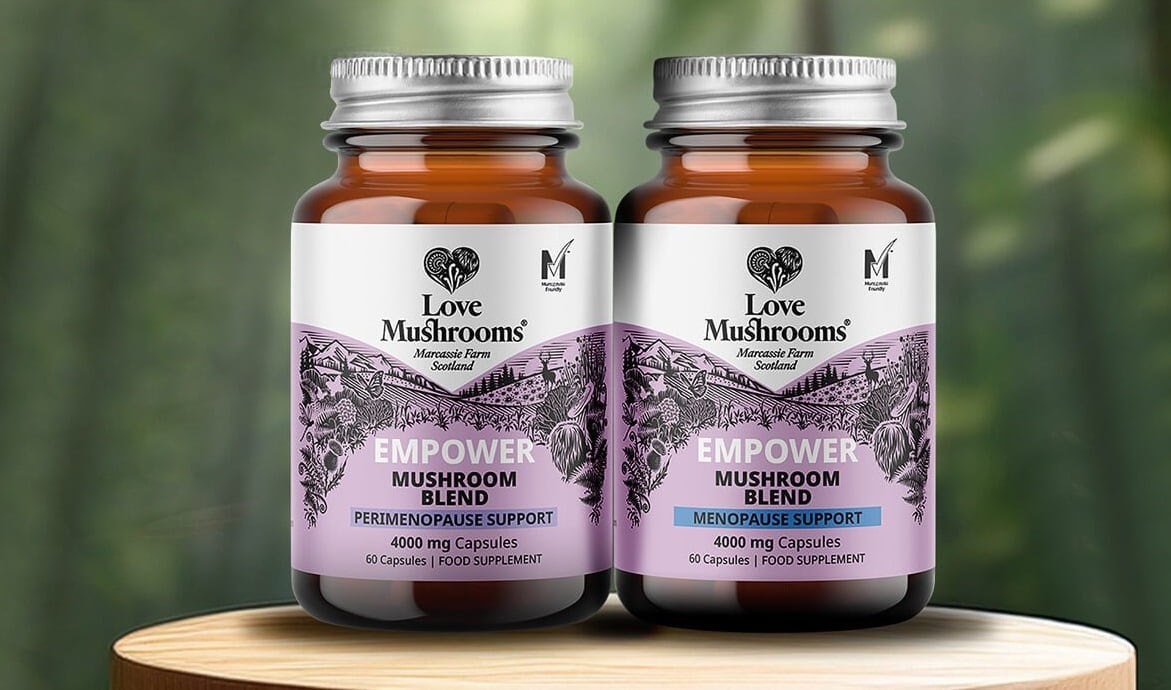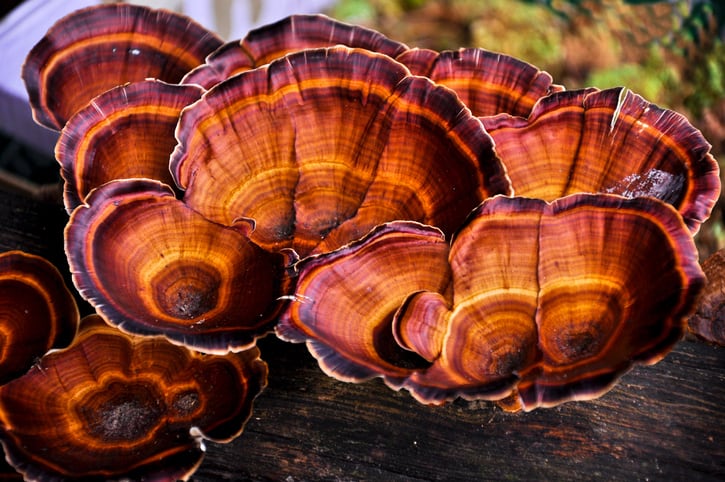Writing in the Journal of Functional Foods, researchers at Ghent University and companies M2 Ingredients and ProDigest investigated how regulatr consumption of either M2 Cordyceps 116 or Myco-Multi products affected the microbial metabolome and gut microbiota composition, compared compared to inulin, a complex of sugar foundin the roots of various plants.
Their findings suggest that the distinct changes observed were the result of more than just polysaccharides beta-glucans and chitin.
“[The study] findings fundamentally shift how we think about functional mushrooms,” said study author Dr. Julie Daoust, PhD, and chief science officer M2 Ingredients. “Traditionally, we’ve focused on immune modulation or cognitive benefits, but this study reinforces that the gut is central to nearly every health system—metabolic, immune and even neurological.”
The study was funded by M2 Ingredients.
Whole mushroom advantages
Health promoting prebiotics are used by gut microbiota and are typically comprised of non-digestible material that resists digestion and absorption on its way to the small intestine.
By the time the material reaches the large intestine/colon, it is completely or partially fermented. The fermentation leads to the creation of short-chain fatty acids (SCFAs), associated with numerous facets of human health.
“Using whole mushroom powders as prebiotic ingredients can provide additional functional benefits over isolated polysaccharides fractions like inulin, that align with rising consumer demand for functional, minimally processed whole food ingredients,” the researchers wrote. “From an economic standpoint, this trend for whole-food ingredients ties into the surging functional-mushroom market.”
Inulin is a well-established prebiotic that improves intestinal barrier function, laxation and insulin sensitivity. Although it serves as a cost-effective prebiotic ingredient, the researchers indicate that whole mushrooms may have additional benefits, combining prebiotic effects with other attributes for functional food products.
The scientists sought to determine the prebiotic influence of regular administration of the well-studied inulin compared to whole mushroom powders, specifically Cordyceps militaris (M2 Cordyceps 116) and a blend of 10 species of functional mushrooms (Myco-Multi) over a 12-day treatment period.
Study details
Three human donors between the ages of 28 and 35 donated stool samples which were analyzed using the in vitro Screening-Simulator of the Human Intestinal Microbial Ecosystem (SHIME) model.
The researchers evaluated the two functional whole mushroom powders—M2 Cordyceps 116 and Myco-Multi— on the gut microbiota of the participants and found that there was increased gas pressure and SCFA production compared to the negative control.
“Metagenomic analysis demonstrated enrichments of beneficial bacterial species and a decrease in some pathogenic species following supplementation of both test products,” the researchers reported.
They further noted that butyrogenic effects (butyrate is SCFA produced by bacteria in the colon) of the mushroom test products were stronger than that documented with inulin, underscoring their prebiotic activity.
“A number of SCFA-producing bacterial species were enriched with M2 Cordyceps 116 or Myco-Multi versus the negative control and versus inulin (positive control) in the luminal and mucosal environments,” the researchers wrote. “The bacterial species that were enriched differed somewhat between the two mushroom test products, further supporting that the two products support a distinct set of changes in the gut microbiome.”
Dr. Daoust said the study also highlights that future research should further explore the gut–brain axis, integrating microbiome, metabolomic and cognitive data to understand how full-spectrum mushrooms influence whole-body resilience. The researchers are investigating how combining species—like in MycoMulti—creates new emergent properties that do not appear when each mushroom is studied in isolation.
“When we combined 10 mushroom species, the results weren’t just additive—the microbial and metabolic signatures changed in entirely new ways,” Dr. Daoust said. “That tells us there’s something very special happening when the chemistry of different mushroom species interacts. The whole really is greater than the sum of its parts.”
Source: Journal of Functional Foods. doi: doi.org/10.1016/j.jff.2025.107030. “Prebiotic activity of functional whole mushroom powders compared to inulin in SHIME model colonic simulations”. Authors: Daoust et al.




